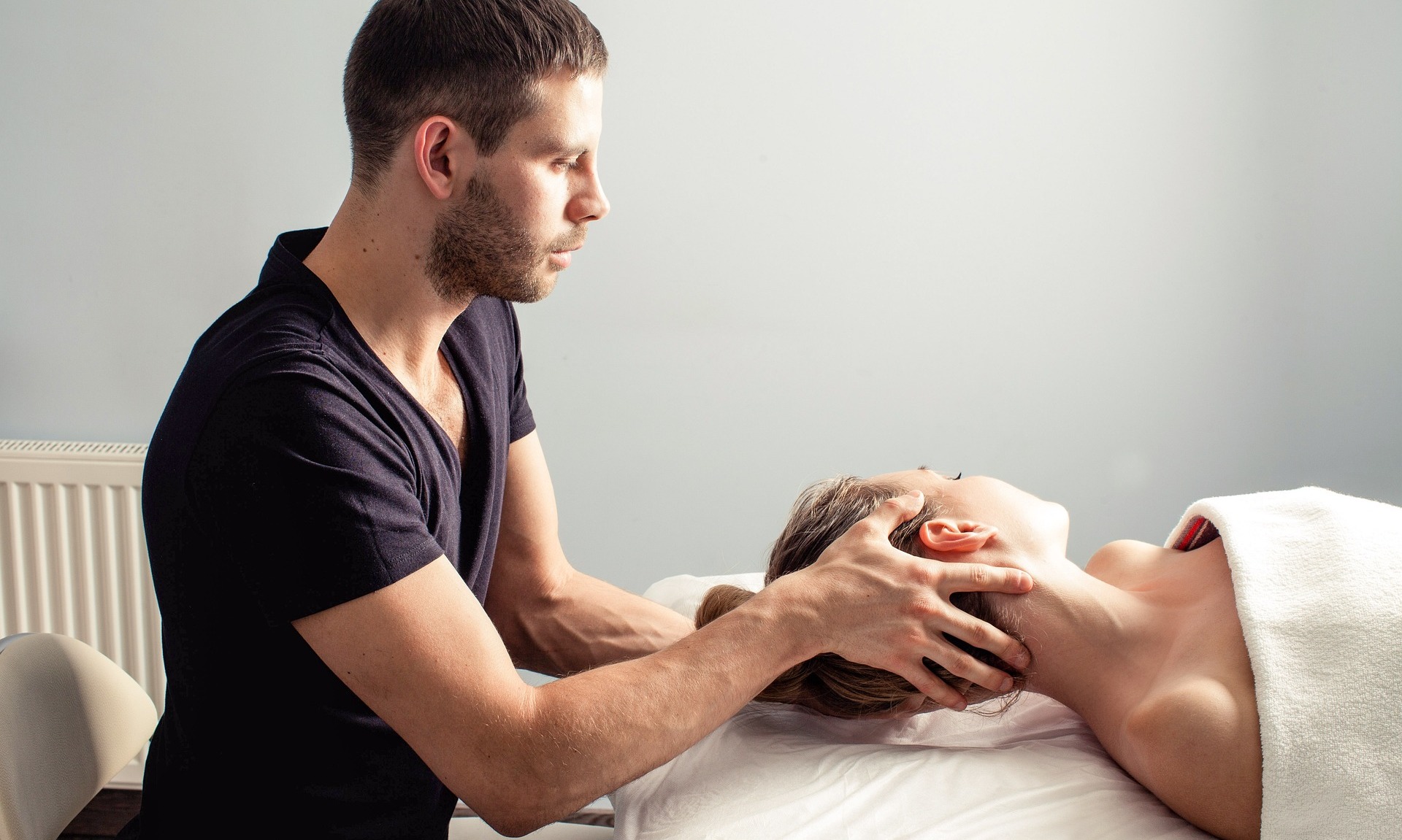Complementary Therapies from Breakspeare Clinics
Posted on 9th September 2023 at 20:02
Discover the range of complementary therapies available at The Breakspeare Clinic here: How We Help.
Complementary Therapies & How They Can Support Our Wellbeing
Complementary therapy, also known as complementary and alternative medicine (CAM), is a group of diverse practices and products that are separate to conventional medicine.
Used alongside, in conjunction with, or sometimes instead of conventional medical treatments, they can complement and enhance overall health and wellbeing.
Ways in which Complementary Therapy can help
Symptom Management: Complementary therapies can help alleviate symptoms and side effects of conventional medical treatments, such as pain, nausea, anxiety and fatigue.
Enhanced Wellbeing: People may use complementary therapies for stress reduction, relaxation, and to improve overall wellbeing.
Holistic Approach: Often taking a holistic approach to health, considering a person’s physical, emotional and spiritual aspects of wellbeing.
Empowerment: Complementary therapies can empower individuals to take an active role in their health and wellness.
Overview of the unique approaches of Complementary Therapies
Acupuncture: Commonly used for pain management and various health conditions it involves inserting thin needles into specific points on the body to stimulate energy flow and promote healing.
Traditional Chinese Medicine (TCM): A comprehensive system that includes acupuncture, herbal medicine, dietary therapy, and exercises like tai chi. It's based on balancing the body's vital energy (Qi) and the concept of yin and yang.
Aromatherapy: The use of essential oils from plants to promote physical and psychological wellbeing. Aromatherapy is often used for relaxation and stress relief.
Bowen Therapy: Touch therapy working with specific moves at specific point locations over the body’s muscles, tendons, ligaments and fascia, and giving the body signals to start healing.
Indian Head Massage: Therapeutic massage of the back, shoulders, arms, neck, head, and face and focus on the body’s energy system to open energy pathways, align and restore balance.
Massage Therapy: Often used for relaxation and pain relief, massage therapy involves manipulating the body's soft tissues to relieve tension, reduce stress and improve circulation.
Reiki Healing: Therapeutic touch that channels energy to promote healing and balance in the body's energy fields.
Reflexology: A touch therapy that is based on the theory that different points on the feet, lower leg, hands, face or ears correspond with different areas of the body and reflexologists work these points and areas.
It's important to note that while some complementary therapies have shown promise in research and have been integrated into mainstream healthcare, others lack scientific evidence to support their effectiveness. When considering complementary therapies, it's advisable to consult with a healthcare professional and ensure they are used in conjunction with, rather than as a replacement for, evidence-based conventional medical treatments, especially for serious medical conditions.
Share this post:






